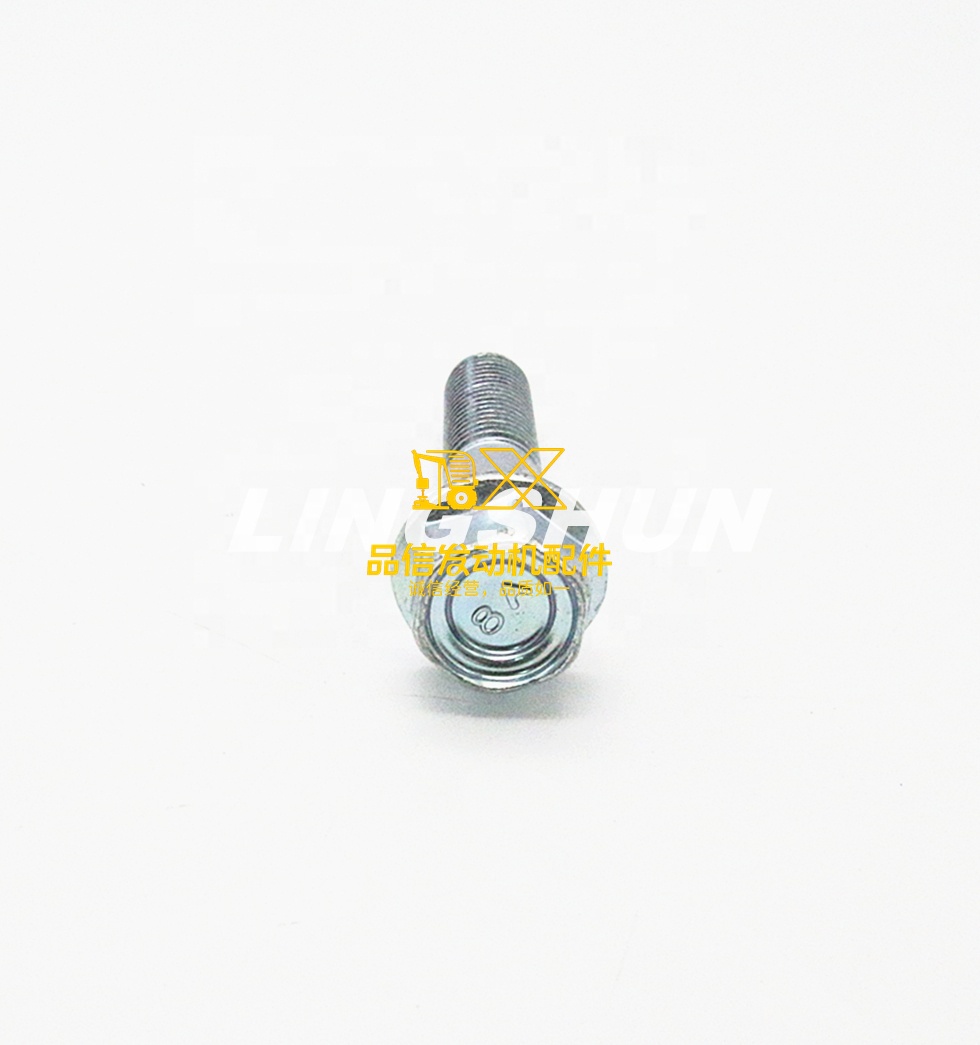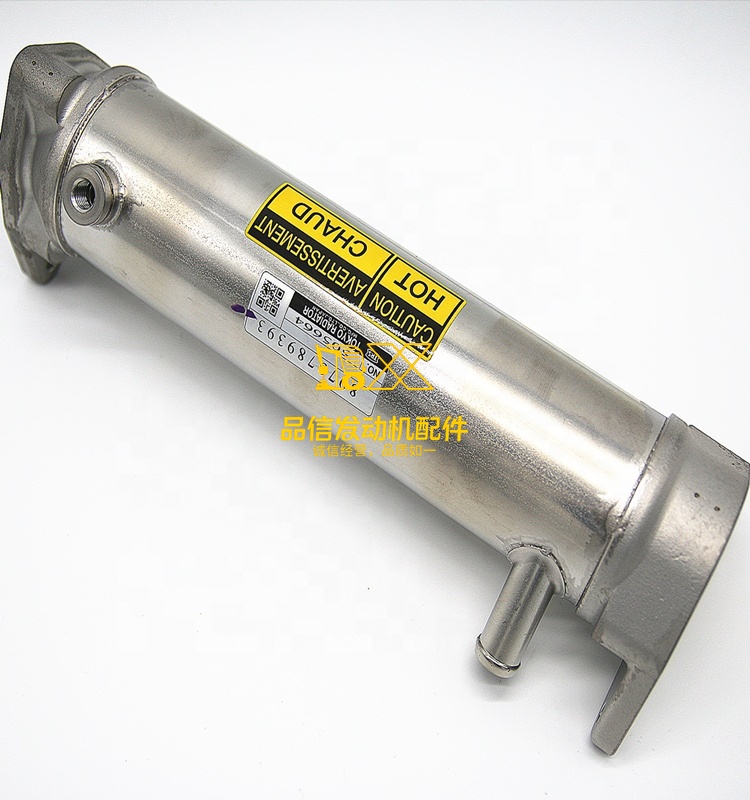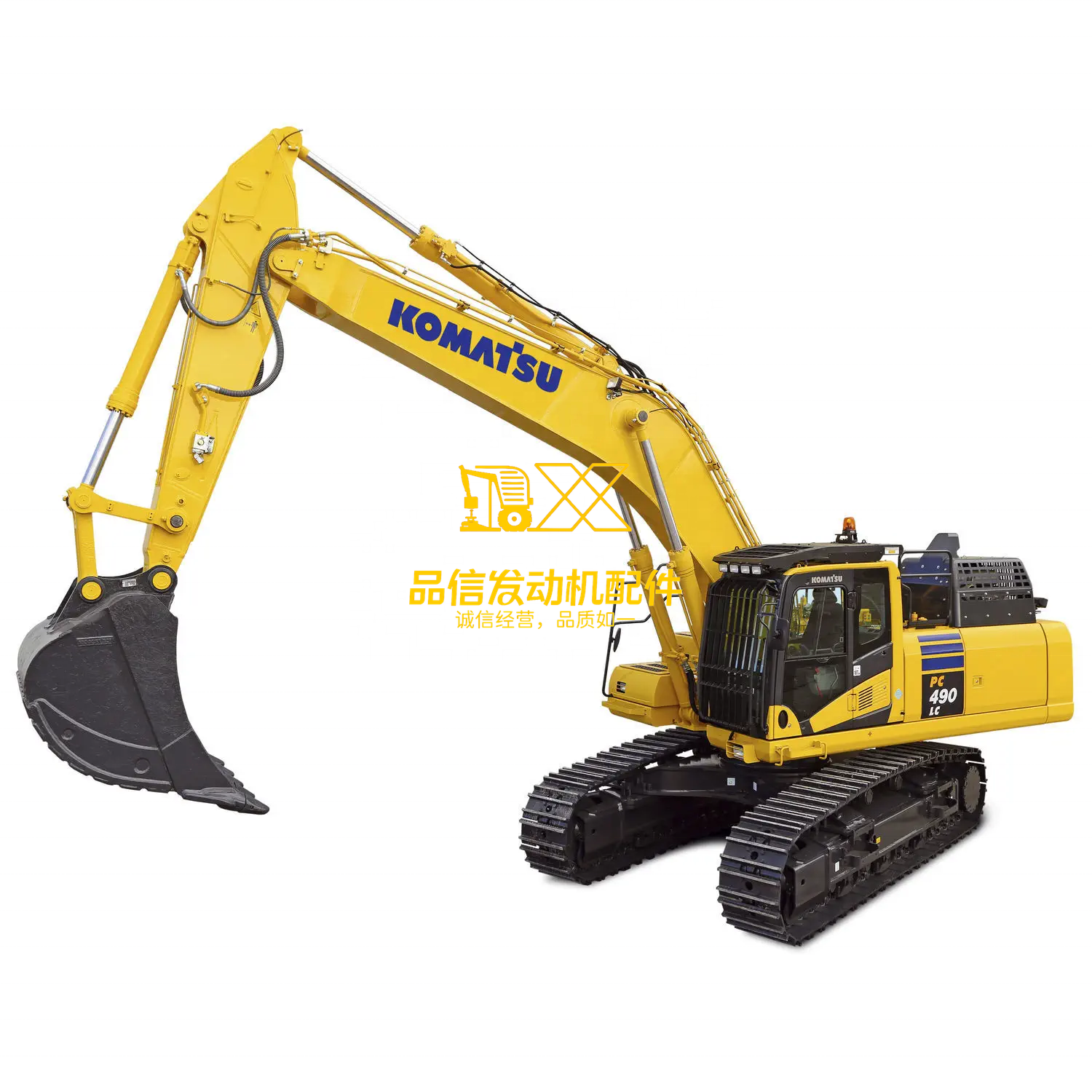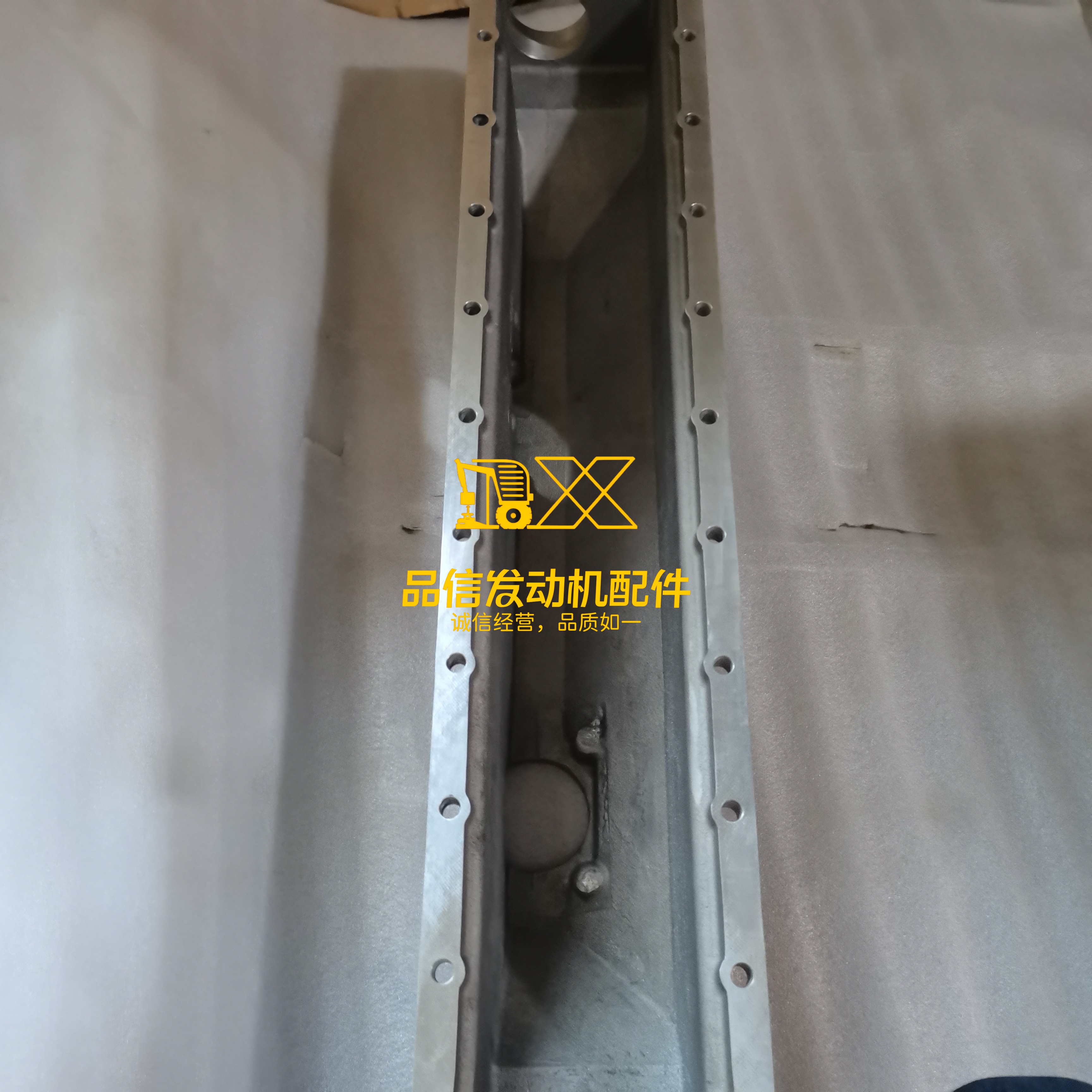Premium Oil Pump for Caterpillar Engines
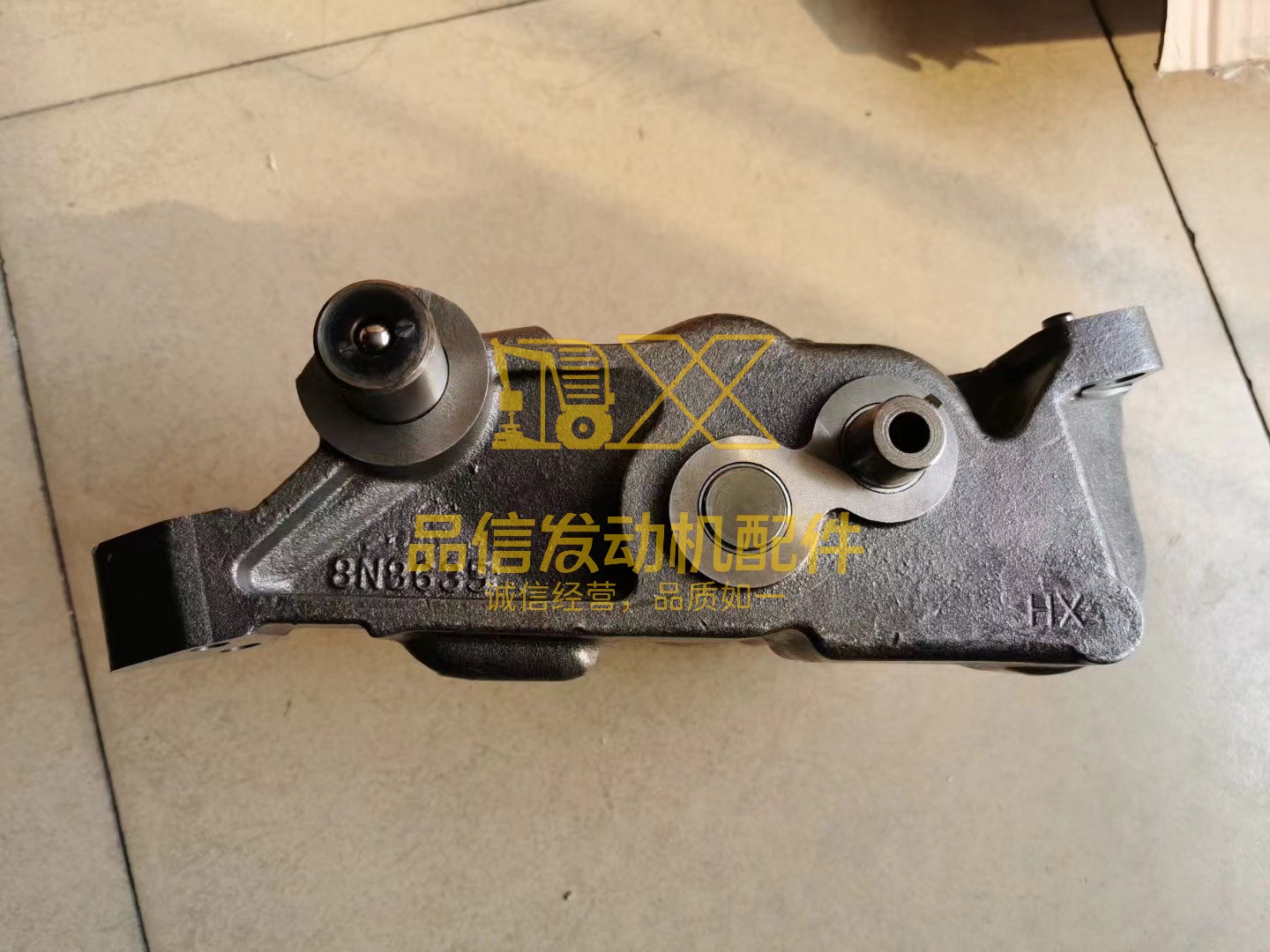

Product Overview
Ensure the reliable lubrication of your Caterpillar (卡特彼勒) engines with our high-quality Oil Pump. This robust and durable oil pump is designed as a direct replacement for Caterpillar part numbers 4W-2448, 8N-8635, and 6I-1346. It is engineered to meet or exceed OEM specifications, providing optimal performance and longevity for your machinery.
Specifically designed for Caterpillar 3304 and 3306 Engines, this oil pump is compatible with a wide range of Caterpillar equipment, including:
D250B
D25C
D25D
215B
235D
330B
930
611
627G
D6R
528B
530B
This oil pump is crucial for maintaining proper oil pressure, which is essential for the efficient operation and protection of your Caterpillar engine components. Trust in our oil pump to deliver consistent and reliable performance, reducing downtime and extending the life of your valuable equipment.
Caterpillar Engine Parts Glossary
To better understand your Caterpillar (卡特彼勒) engine, here are 10 common parts with explanations:
Cylinder Head (气缸盖)
Location: Top of the engine cylinder block.
Description: Closes the top of the cylinder, houses valves, and intake/exhaust ports.
Example: Caterpillar C7 Engine, Cylinder Head - Part No: 238-3094
Piston (活塞)
Location: Inside the engine cylinder.
Description: Moves up and down in the cylinder, driven by combustion pressure, converting it to mechanical motion.
Example: Caterpillar 3406 Engine, Piston - Part No: 101-7510
Crankshaft (曲轴)
Location: Bottom of the engine block.
Description: Rotating shaft that converts the linear motion of the pistons into rotational motion.
Example: Caterpillar C9 Engine, Crankshaft - Part No: 228-7208
Camshaft (凸轮轴)
Location: Usually in the cylinder head or engine block.
Description: Controls the opening and closing of engine valves.
Example: Caterpillar C15 Engine, Camshaft - Part No: 249-4330
Fuel Injector (燃油喷油器)
Location: Cylinder head, near each cylinder.
Description: Atomizes and injects fuel into the engine cylinder for combustion.
Example: Caterpillar 3306 Engine, Fuel Injector - Part No: 1W-5821
Water Pump (水泵)
Location: Front of the engine block.
Description: Circulates coolant through the engine to regulate temperature.
Example: Caterpillar C4.4 Engine, Water Pump - Part No: 248-1438
Thermostat (节温器)
Location: Coolant passage, often near the water pump outlet.
Description: Regulates engine temperature by controlling coolant flow.
Example: Caterpillar C6.4 Engine, Thermostat - Part No: 248-5527
Turbocharger (涡轮增压器)
Location: Exhaust manifold.
Description: Increases engine power by forcing more air into the combustion chamber.
Example: Caterpillar C13 Engine, Turbocharger - Part No: 317-2300
Oil Filter (机油滤清器)
Location: Engine block, often accessible externally for easy replacement.
Description: Removes contaminants from engine oil to ensure clean lubrication.
Example: Caterpillar 3512 Engine, Oil Filter - Part No: 1R-0770
Exhaust Manifold (排气歧管)
Location: Attached to the cylinder head.
Description: Collects exhaust gases from multiple cylinders into one pipe.
Example: Caterpillar 3408 Engine, Exhaust Manifold - Part No: 4N-0357
Common Questions about Caterpillar Engines
What are the common causes of Caterpillar engine overheating?
Overheating in Caterpillar engines can be caused by several factors including low coolant levels, a faulty thermostat, a malfunctioning water pump, radiator blockage, or issues with the cooling fan. Regular maintenance and inspection of these components are crucial to prevent overheating.
How often should I change the oil in my Caterpillar diesel engine?
Oil change intervals for Caterpillar diesel engines vary depending on the engine model and operating conditions. However, as a general guideline, engine oil and filters should be changed every 250 to 500 hours of operation or every 6 months, whichever comes first. Always refer to your Caterpillar engine's operation and maintenance manual for specific recommendations.
What type of coolant should I use in my Caterpillar engine?
Caterpillar recommends using Caterpillar Extended Life Coolant (ELC) or a commercially available heavy-duty extended life coolant that meets Caterpillar EC-1 specifications. Using the correct coolant is vital for preventing corrosion, cavitation, and freezing, ensuring optimal engine cooling system performance and longevity.
Guangzhou Pinxin Engine Co., Ltd. - Your Trusted Partner for Caterpillar Parts
广州品信发动机有限公司 (Guangzhou Pinxin Engine Co., Ltd.) is your premier source for Caterpillar (卡特彼勒) diesel engine assemblies and parts. We specialize in providing high-quality components for a wide range of Caterpillar engines, including C4.2, C4.4, C6.4, C7, C7.1, C9, C9.3, C13, C15, C18, 3306, 3406, 3408, 3512, and 3516 models.
Our extensive inventory ensures that we can meet your needs for engine overhauls, repairs, and maintenance. We are committed to providing genuine quality parts and exceptional customer service. Contact us today to find the Caterpillar parts you need to keep your machinery running smoothly.
Caterpillar Equipment Troubleshooting Tip
Problem: Caterpillar Excavator - Engine Cranks But Won't Start
Possible Causes:Several issues can prevent a Caterpillar excavator engine from starting, even when it cranks. These include:
Fuel System Issues: No fuel, contaminated fuel, or air in the fuel lines.
Electrical Problems: Faulty starter, weak battery, or issues with the ignition system.
Engine Immobilizer: If equipped, the immobilizer system might be activated.
Sensor Malfunctions: Crankshaft position sensor or camshaft position sensor failure.
Troubleshooting Steps:
Check Fuel Level: Ensure there is sufficient fuel in the tank.
Inspect Battery: Verify battery voltage and connections.
Fuel System Check: Bleed fuel lines to remove air and check for fuel flow to the injectors.
Diagnostic Codes: Use a diagnostic tool to check for any fault codes in the engine management system.
Note: For complex issues, it is always recommended to consult a certified Caterpillar technician.
<!--!doctype-->






